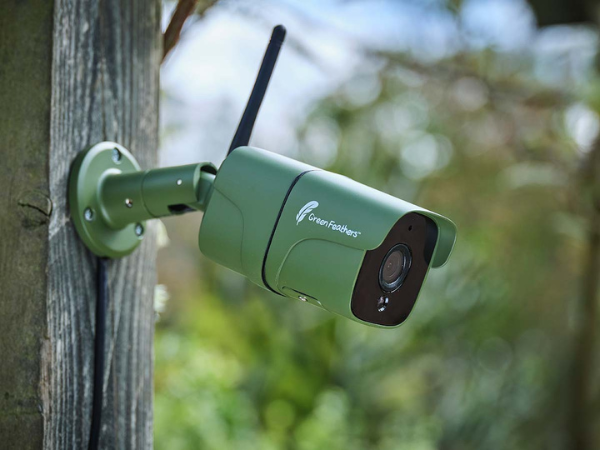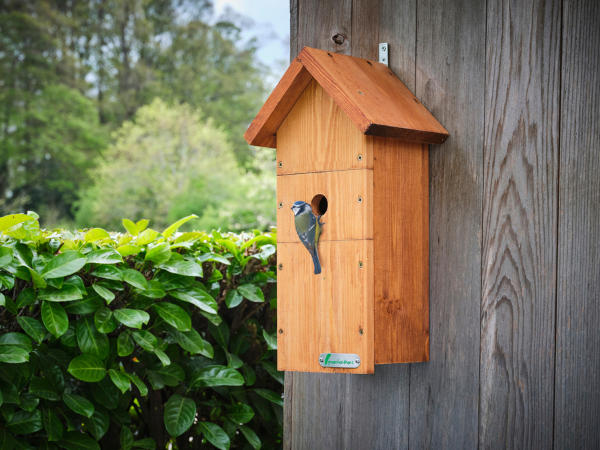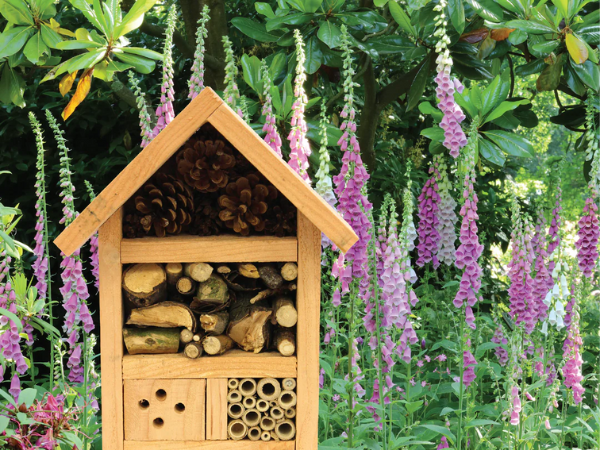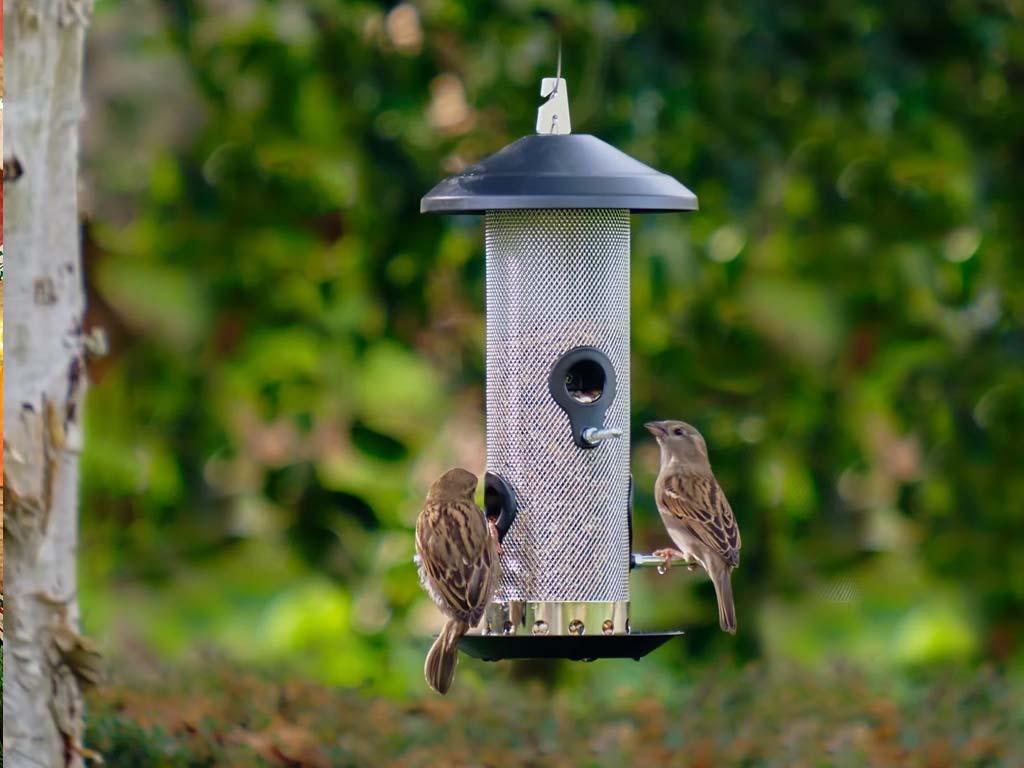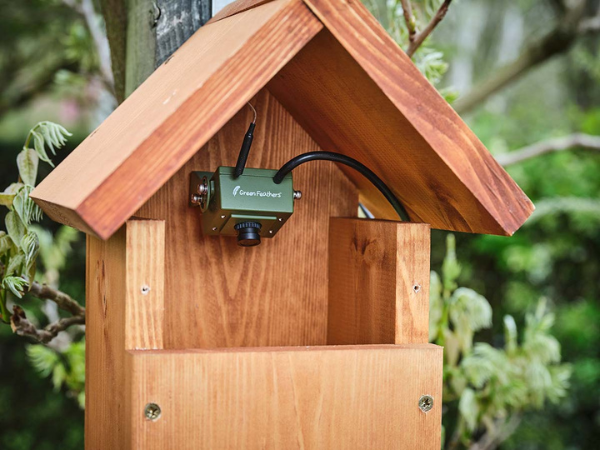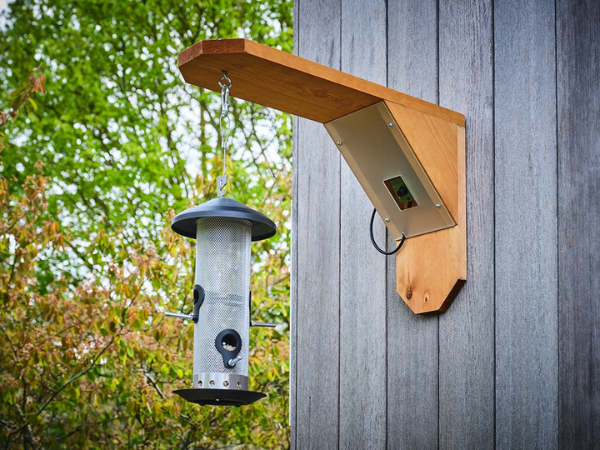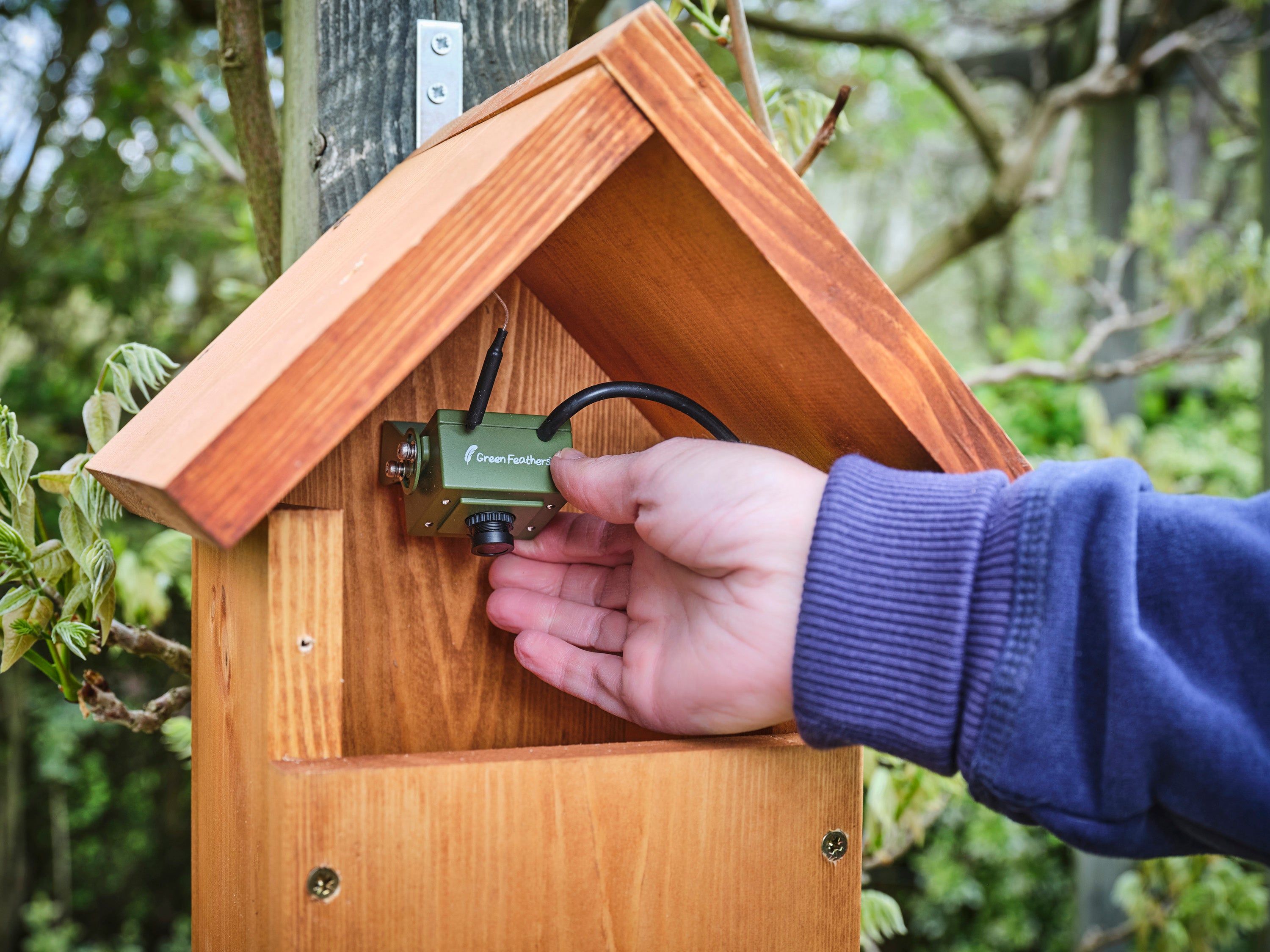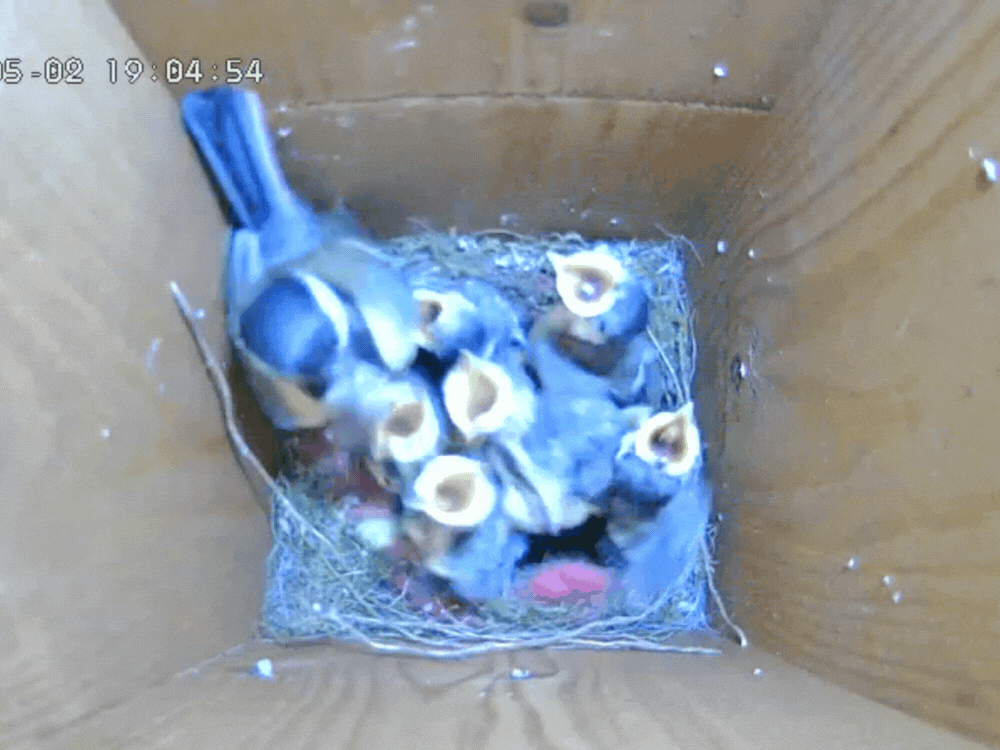Birdsong is one of nature’s most delightful sounds, offering us a window into the lives of our local birds and their environments.
For bird enthusiasts, knowing how to identify birdsong can transform a walk in the park into a rich, auditory adventure - revealing the presence of birds, even when they remain out of sight.
Whether you are a seasoned birder or interested in how to start bird watching, learning to identify birdsong can deepen your connection with nature and enhance overall wildlife watching experiences.
Fly right in, as we guide you through everything you need to know about identifying birdsong, from what it is and when it happens, to the essential tools, skills, and techniques needed to get started. Get ready to tune in to the avian symphony that surrounds us every day!
What is birdsong?

Birdsong refers to the vocalisations produced by birds, often characterised in a series of melodious, rhythmic, and repetitive sounds. These songs are primarily used for communication, with the most common purposes being:
- Attracting mates: Male birds often sing to attract female mates, showcasing their fitness and genetic quality. A complex and well-executed song can indicate a healthy and capable mate to a female, making them more interested.
- Territorial defence: Birds also often use songs to claim and defend their territory from intruders. The song serves as a warning to other birds to stay away, as this is their claimed area.
- Species identification: Birdsong can help birds identify members of their own species, which is crucial for mating and social interactions.
Birdsong is a learned behaviour, particularly in songbirds, which undergo a process of listening to and mimicking adult songs. This learning phase is critical for developing the species-specific songs that play such an essential role in their lives.
The structure and complexity of birdsong can vary widely among different species, ranging from simple repetitive calls to intricate and lengthy compositions.
What is the difference between a birdsong and a bird call?
The primary difference between birdsong and bird calls lies in their purpose, complexity, and usage.
1. Purpose
Where birdsong is primarily used for attracting mates, species identification, and establishing and defending territories, bird calls are used to communicate - such as warning others of predators, coordinating movements within a flock, signalling distress, and maintaining contact between mates or group members.
2. Complexity
Birdsong is considered to be more complex and melodious - consisting of longer sequences of notes, phrases, and often includes different variations. Birdsong is also a learned behaviour.
Bird calls, on the other hand, are generally simpler and shorter than songs - consisting of brief notes and simple patterns. Bird calls are also often innate, meaning they are genetically programmed and not learned.
3. Usage
Birdsong is more typically associated with the breeding season, mostly produced by male birds (although in some species females also sing). Bird calls are used all year round and by both sexes, occurring in various contexts and at any time of day.
When do birds sing?
Birds are known to sing at various times, depending on species, purpose, and environmental conditions. Here are some common patterns and reasons for birdsong:
1. Time of day

Dawn
Many birds sing most actively at dawn, known as the "dawn chorus". This is because the still air and lower ambient noise levels make dawn an ideal time for songs to travel farther and be heard more clearly.
Robins, blackbirds, and thrushes are particularly noted for their dawn songs.
Dusk
Some birds are also known to sing at dusk, which is another quiet time of the day. This can serve similar purposes as dawn singing, such as attracting mates and marking territory, clearer and to a further distance.
Throughout the day
Whilst dawn and dusk are known as the peak singing times, many birds also sing sporadically throughout the day. This can depend on various factors like weather, breeding season, and the presence of intruders in their territory.
2. Seasonal patterns
Breeding season
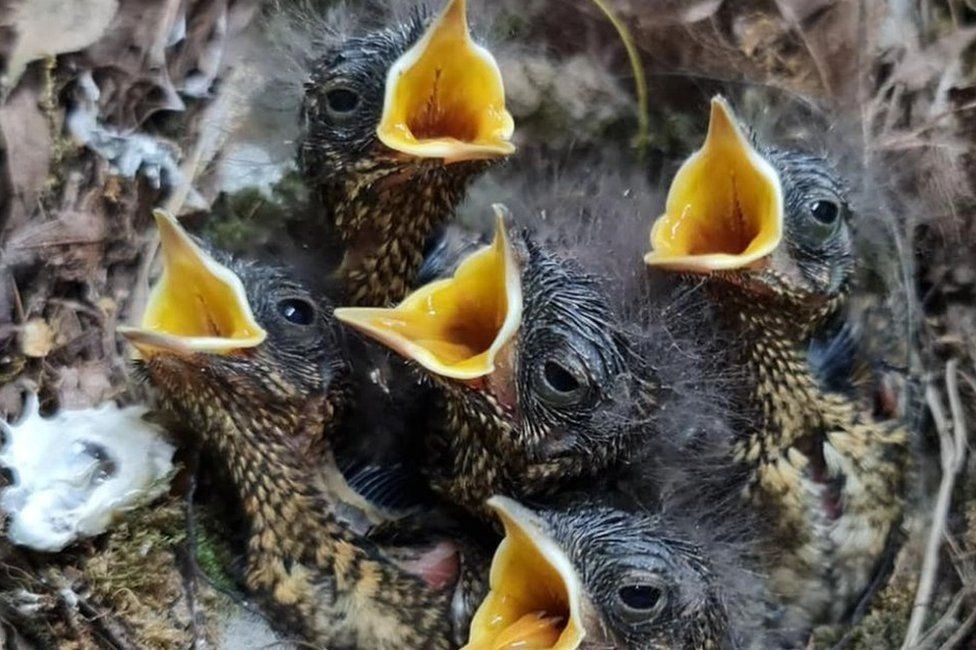
Birds are most vocal during the breeding season, which varies by species and location, as singing is primarily used for attracting mates and defending territory during this period.
Spring and early summer are peak times for many temperate zone species.
Year-round singing
Some birds sing year-round, but may change their song's frequency and intensity depending on the season and the purpose of their song.
3. Environmental influences
Weather conditions
Birds are more likely to sing on calm, clear days, as their song can be clearer and travel further. As such, you may find that wind and rain can reduce singing activity.
Light levels:
Light levels can influence singing patterns, with more singing occurring during periods of good visibility. If birds can’t see ahead of them, they may not believe that their song can travel.
4. Social and individual factors
Territorial defence
Male birds are known to sing more frequently, if they believe there are perceived threats to their territory from other males.
Mate attraction:
Unmated male birds often sing more persistently to attract a mate, especially towards the end of mating season.
Why learn to identify birdsong?
Learning to identify birdsong offers a wide variety of benefits and can be a rewarding skill for any nature enthusiast, bird watcher, or researcher. Reasons why it is worthwhile to learn to identify birdsong include:
1. Connection with nature

Recognising birds by their songs can deepen your appreciation, understanding, and experience of the natural world; allowing you to "see" birds, even when they are hidden from view.
2. Better mental health and well-being
Engaging with nature through birdwatching and listening to birdsong can be relaxing and stress-relieving. This sense of connection to the environment can be incredibly beneficial to your mental health and well-being, promoting a sense of mindfulness and calm.
3. Practical and scientific benefit
Identifying birds by their songs is a valuable skill for birdwatchers - especially in dense habitats where visual identification is difficult, by helping to locate and identify birds that are otherwise hard to see.
Birdsong identification is also crucial for ornithologists and conservationists in conducting surveys and monitoring bird populations, by aiding in the studying of bird behaviour, breeding patterns, and habitat use.
4. Educational and personal growth
Learning birdsong can help to improve your cognitive skills, such as auditory discrimination, memory, focus, observation skills, and attention to detail.
Furthermore, sharing the knowledge of birdsong with others can help foster a sense of community, through bird watching groups and nature clubs. This can provide opportunities for personal connection, educational outreach, and environmental advocacy.
5. Ecological awareness
Birdsong can help you begin to understand the intricate health of an ecosystem. Different bird species have specific habitat requirements, and so changes in birdsong patterns can signal shifts in the environment, such as the arrival of invasive species or the impact of climate change.
Birdsong patterns can reflect seasonal changes, helping you to become more attuned to the rhythms of nature, by recognising migratory species by their songs during seasonal transitions.
What tools and equipment do you need to identify birdsong?
Identifying birdsong isn’t just done by listening. To support your identification, you should keep to hand:
- A field guide: A comprehensive field guide should include descriptions of bird songs and calls that you can refer to, such as "The Sibley Guide to Birds" or "Peterson Field Guide to Bird Songs.".
- Pre-recorded birdsong: Access to birdsong recordings through CDs and digital downloads, that you can learn from and refer to.
- Audio recording equipment: A smartphone, digital recorder, or a more specialised device like a parabolic microphone to record bird sounds in the field.
- A pair of binoculars: Binoculars are useful for spotting birds whose songs you are trying to identify, allowing for visual confirmation.
- A notebook and pen: Ideal for jotting down notes on bird songs, including descriptions, location, time, and other observations.
- Mobile apps (optional): Apps like "Merlin Bird ID," "BirdNET," and "Song Sleuth" can be used to help identify bird songs, by recording and analysing the sounds.
What knowledge and skills do you need to identify birdsong?
Learning birdsong at first can be tricky, but these pieces of knowledge and skills will help you to improve:
1. Familiarity with local birds
Knowing which bird species are common in your area and their typical songs and calls will help you practise and hone in on your bird and birdsong recognition and identification skills.
To help with this, why not invest in a bird box camera at home? In a wildlife-friendly garden, you’ll be sure to have many flying friends popping through to visit, and a camera aid in recording and identifying their songs. Explore our helpful tips for placing your bird box, to increase your chances!
2. Understanding of bird behaviour
Learning about the habits and habitats of different bird species to help narrow down potential bird and birdsong identifications in the area you are in.
3. Memory and listening skills
Taking the time to develop your ability to remember and recognise different birdsong, through regular listening and practice, will make it more likely to identify birds and their songs.
4. Pattern recognition
Training your ear to recognise patterns, rhythms, and tonal qualities of birdsong will increase your chances of identifying birds with their songs.
What techniques can help you identify birdsong?
But how do you get good at, and improve, your knowledge and skills of bird song identification? The best things to do are:
1. Practise regularly
Spending time listening to birdsong regularly, both in the field and through recordings, will help to build your familiarity and improve your recognition skills.
2. Use mnemonics
Create mnemonics or phrases that mimic the rhythm and pattern of the birdsong you know. This is a great way to help you remember them.
Common mnemonics for british birds include:
- Wistful Wobin: Robins have a thin prolonged wistful fluting
- Beautiful Blackbird: A Blackbird has musical phrases of varying length, which are not repeated, with gaps of 2-3 seconds between
- Say it Twice Song Thrush: Similar to a Blackbird but shorter phrases, Song Thrushes are higher pitched and each phrase repeated two or three times
- Blue Tee Tee Tee Tit Tit Tit: A common song for a Blue Tit is ‘Tee tee tee, tit tit tit’
3. Join bird watching groups
Participating in bird watching groups, or guided walks with experienced birders, can support you in learning how to identify bird songs.
Use recordings and playbacks
Recording birdsong when out in the field and playing them back for analysis helps you to compare them with known recordings. This helps support your learning and to hone in on your recognition skills.
Frequently asked questions about identifying bird song

What birds can I hear in the UK?
The short answer - any bird that lives in the UK, or has migrated over. However, you are more likely to hear common British birds, rather than rare ones.
These common British birds include Magpies, Starlings, Goldfinch, Chiffchaffs, and Sparrows.
What bird makes a twit-woo-hoo sound in the UK?
This is the mating and communication sounds of the Tawny Owl. The female makes the sharp “Twit” sound, and the male responds with “Woo-hoo”.
What bird sounds like hip hip hooray?
This is the Song Sparrow. Many used to use this sound to recognise the coming of Spring, as “Hip, hip, hooray, boys, spring is here!”.
What is the high pitched birdsong in the UK?
This is most likely a Wren. Despite being such small birds, they can make a very high-pitched song.
What British bird makes a screeching sound?
Despite their sweet look, it is a Barn Owl call that shrill screeching sound. This is what earned this type of owl the nickname, “screech owl”.
What is the noisiest British bird?
The award for this one has to go to the Bittern. You're very likely to hear a Bittern before you see one, as they’re incredibly camouflaged and spend most of their time in reedbeds across England and Wales. - yet make a remarkable 'booming' sound, often used by males to attract a mate, which is said to be heard up to three miles away.




